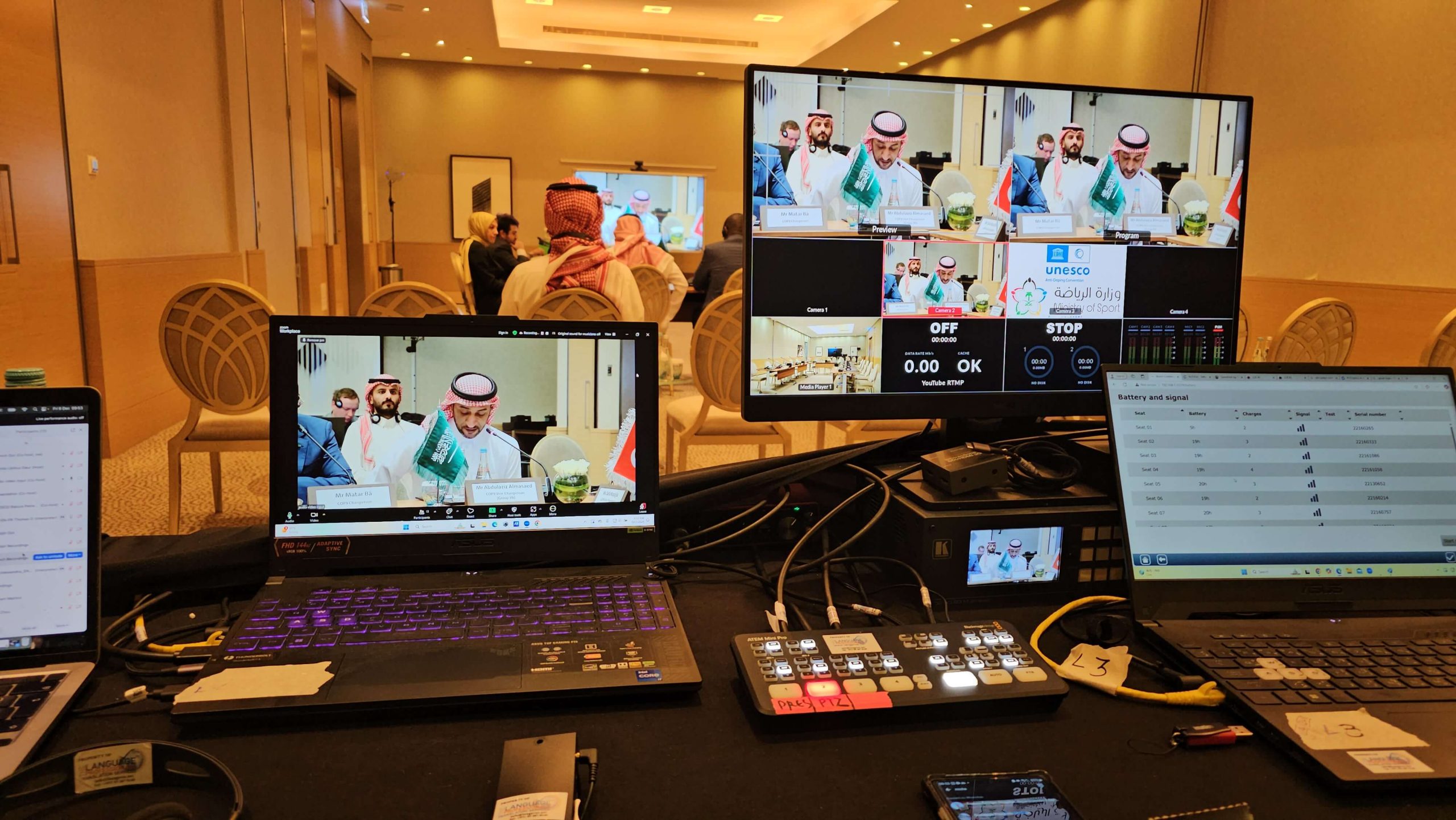Researched and written by Evangelos – ~5 min read

For startups aiming to scale internationally, effective localization is a key strategy. But what exactly does “localization” mean for your business? It’s not just about translating content—it’s about tailoring your entire product, communication, and customer experience to meet the cultural and linguistic preferences of each market. Here’s a guide to help you enter new markets and thrive.
1. Research and Choose the Right Markets
The first step is identifying which international markets are worth your investment. Expanding into a new country can be costly, so focus on markets that have demand for your product or service. Some questions to ask during this phase include:
- Is there a gap your product can fill in this market?
- Are the country’s economic conditions stable for investment?
- What are the local competitors, and how does your product differentiate?
Once you’ve answered these questions, market research is crucial. Study local consumer behavior, buying trends, and the overall market landscape. This ensures that you make informed decisions about where and how to expand.
2. Translate More Than Just Language
Localization isn’t only about language. It’s about making your brand feel “local” in every aspect, including your website, app, customer service, and marketing campaigns. Think of it like making your product or service “native” to a particular region. Here are a few things to consider when localizing:
- Website and Content: Beyond translating text, adjust imagery, colors, and tone to resonate with local culture. For example, colors can have different meanings in different cultures. Red is seen as lucky in China but signifies danger in some Western countries.
- User Experience: Adapt your app or website to the region’s language settings, date formats, currencies, and even local payment gateways. Small touches, like offering country-specific payment options, can make a big difference in user adoption.
- Cultural Sensitivity: Humor, idioms, and certain expressions might not translate well across cultures. If not localized properly, content could come off as offensive or confusing. For instance, phrases like “break a leg” (a good-luck idiom in English) would be puzzling if translated literally. This is where cultural research comes in.
3. Make Cultural Sensitivity a Priority
Successful localization means understanding the cultural nuances of your target market. These cultural preferences go beyond language—think of local customs, values, traditions, and even taboos. What’s acceptable in one market might not be in another. Take time to study these cultural factors to avoid alienating potential customers.
Working with local experts or partnering with native influencers can be a great way to keep your finger on the pulse of what’s trending and what works in the market. A localized approach to communication, even on social media, will build stronger connections with your target audience. For example, localized campaigns around local festivals, holidays, or trends can help increase engagement.
4. Optimize for Local Search Engines
Search engine optimization (SEO) isn’t a one-size-fits-all strategy. Different countries have different search engines, like Baidu in China or Yandex in Russia. Research the top search engines for the market you’re entering and focus your SEO efforts accordingly. You’ll also need to localize your keywords and create region-specific content to rank well.
Local backlinks from authoritative websites can further boost your visibility. If you’re expanding into a new country, consider collaborating with local bloggers or industry-specific websites for link-building opportunities. Optimizing your website’s performance (like page loading speeds) is also critical—different regions may have varying internet speeds, so make sure your site performs well.
5. Leverage Technology for Efficiency
To manage localization efficiently, many startups rely on translation management systems (TMS) and localization platforms. These tools streamline the workflow, helping you handle large volumes of translation and ensuring consistency in terminology and style across different markets.
While machine translation tools like Google Translate can speed up the process, they lack the nuance and understanding of a native speaker. Always have your content reviewed by a professional to avoid mistranslations. For example, a machine might struggle with translating legal terms, idiomatic expressions, or slang.
6. Focus on a Customer-First Approach
One of the most important elements of localization is how it impacts the user experience. Whether it’s a customer reaching out for support or navigating your app, everything should feel intuitive to them. This is especially true for customer service and post-sale engagement. Offering multilingual customer support or using AI-powered chatbots that can handle various languages can make a huge difference in building customer trust.
Additionally, offer country-specific deals and promotions to engage your audience better. Tailored offers that align with local customs and spending habits will show your commitment to the market.
7. Ensure Your Marketing Speaks the Local Language
Localization doesn’t stop with your product—your marketing campaigns should be adapted as well. A message that resonates with your home audience might fall flat in another country. To avoid this, create market-specific strategies for social media, email marketing, and paid advertising.
For example, while Facebook and Instagram are popular in many parts of the world, other regions might favor platforms like WeChat in China or VK in Russia. Knowing where your audience spends time and what kind of content they engage with is vital for creating successful campaigns.
Conclusion: Localization Is an Ongoing Process
Localization is not a one-time task but an ongoing process that evolves as you expand into new markets. By staying flexible, doing your research, and listening to your customers, you can adapt your startup to fit the cultural and linguistic preferences of any market.
Remember, startups that invest in localization often find themselves with a competitive edge in the global marketplace. With careful planning and execution, you can build a strong presence across borders and tap into a wider audience.





